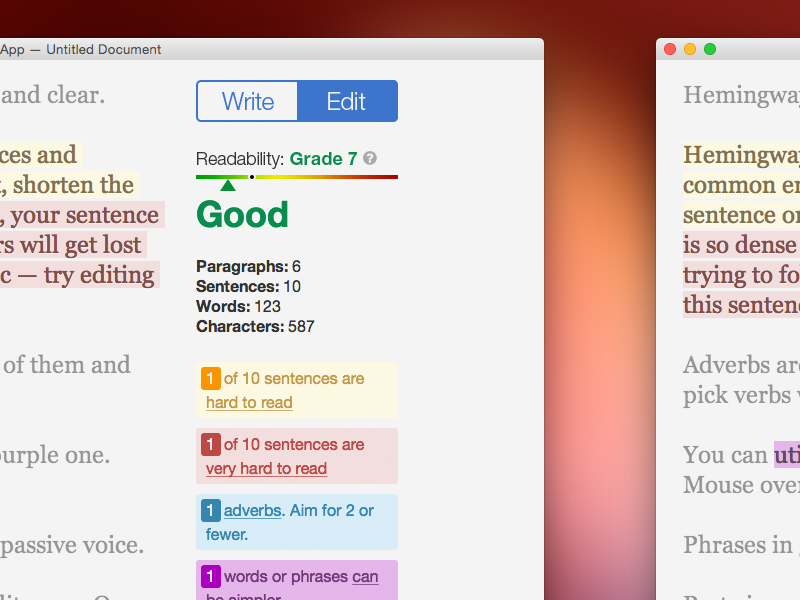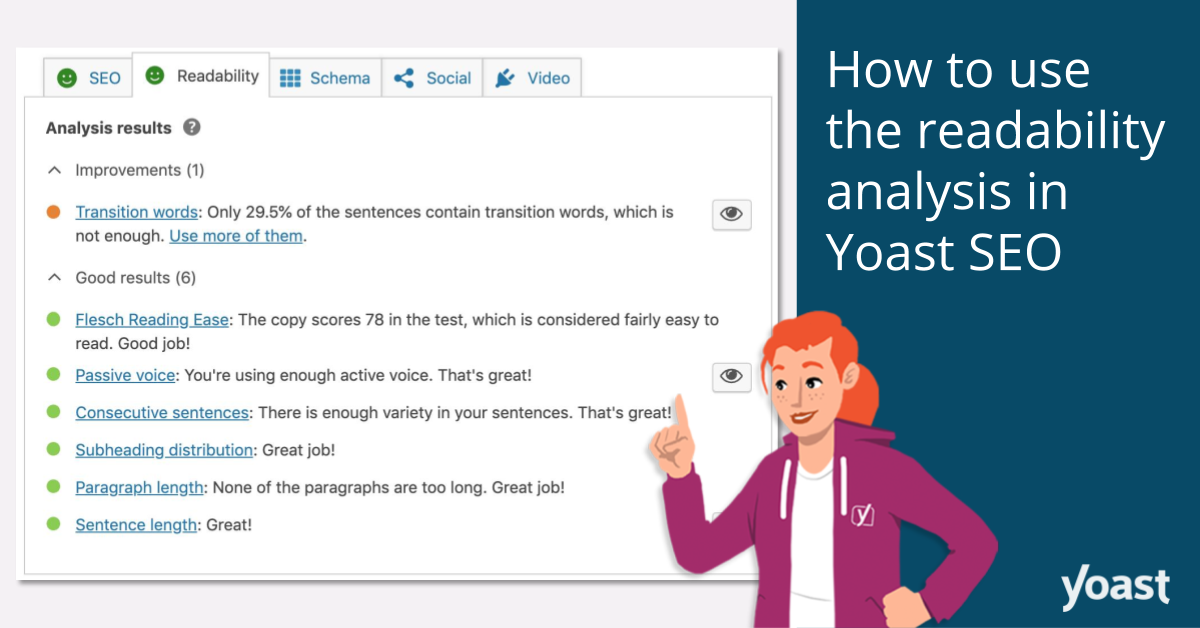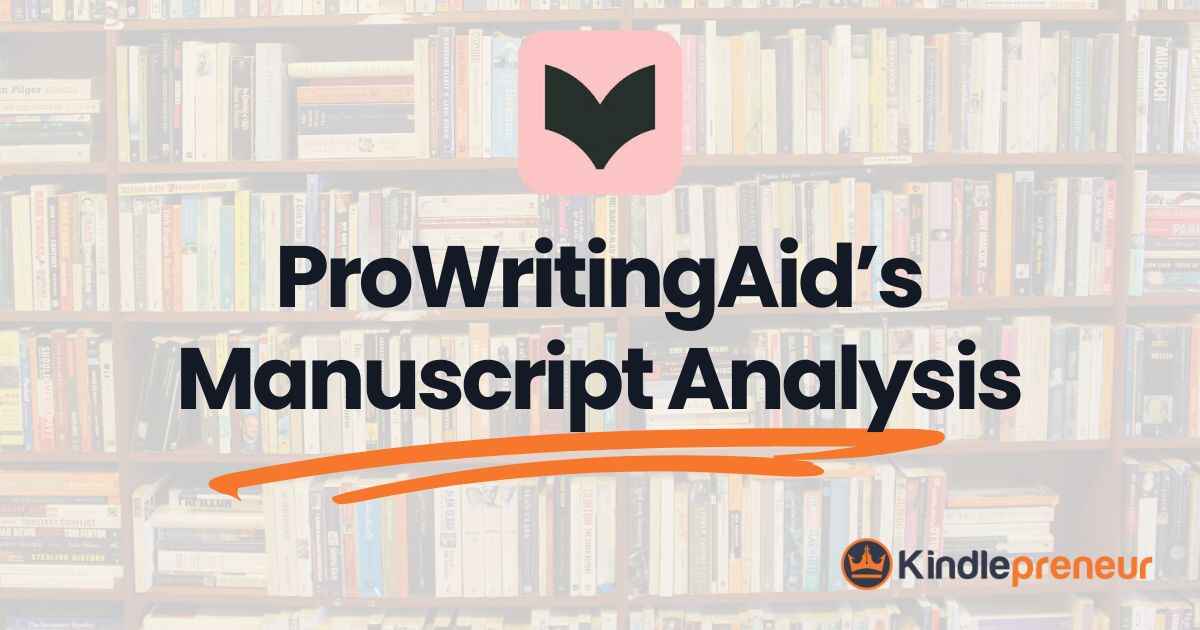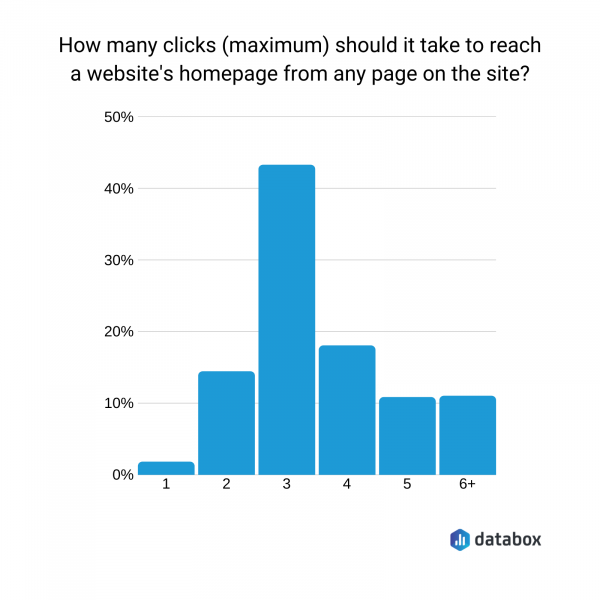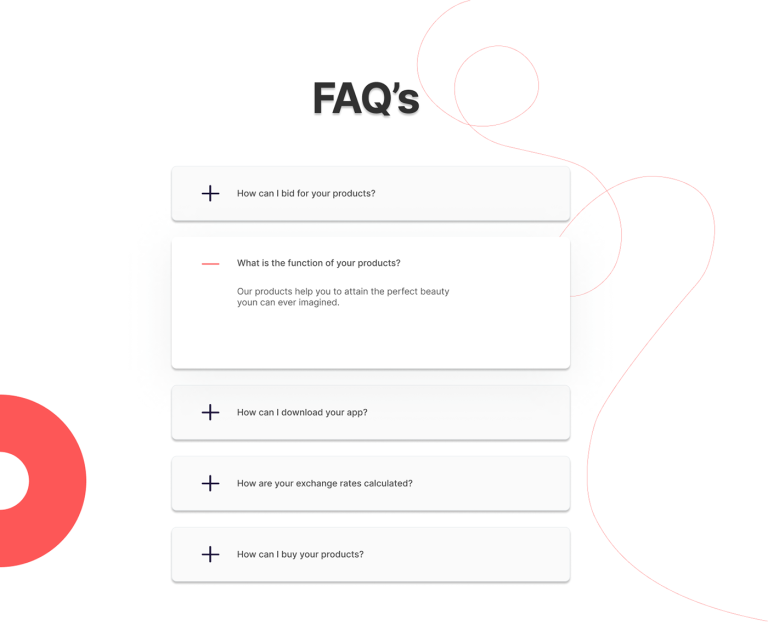
In the ever-evolving world of digital content, one factor remains constant: readability. Whether you’re a blogger, marketer, or business owner, your ability to engage readers hinges on how easy it is for them to understand and absorb your message. The rise of AI-driven content creation and the increasing expectations of online audiences have made readability more critical than ever. This article explores the best readability tools available, their unique features, and how they can help you craft content that resonates with your audience while improving SEO performance.
What Is Readability and Why It Matters
Readability refers to how easily a reader can understand and process written content. It encompasses factors like sentence structure, vocabulary complexity, paragraph length, and overall clarity. While readability is often associated with academic or journalistic writing, it’s equally important in marketing, e-commerce, and even technical documentation.
The importance of readability has grown significantly in recent years. With 75% of online readers abandoning difficult-to-read content, businesses must prioritize clear, concise communication. Search engines also favor readable content, as it aligns with user intent and improves engagement metrics like dwell time and bounce rate.
Readability tools help you measure these factors using established formulas such as the Flesch Reading Ease, Flesch-Kincaid Grade Level, and Gunning Fog Index. These metrics provide a standardized way to assess and improve your writing, ensuring it meets the needs of your target audience.
How Readability Impacts SEO Performance
Readability isn’t just about making your content easier to read—it’s a key component of SEO success. Search engines like Google prioritize content that delivers value and keeps users engaged. Here’s how readability influences your SEO performance:
- Improved User Experience: Readable content reduces bounce rates and increases dwell time, both of which are signals of quality to search engines.
- Better Keyword Relevance: Clear writing helps ensure that your keywords are used naturally, improving relevance without sacrificing readability.
- Enhanced Mobile Optimization: Shorter sentences and clean formatting make your content more mobile-friendly, which is crucial for today’s on-the-go users.
- Higher Conversion Rates: Engaging, easy-to-read content encourages users to take action, whether that’s signing up for a newsletter, making a purchase, or sharing your post.
By optimizing for readability, you not only improve your SEO rankings but also create a better experience for your audience.
Step-by-Step Implementation Framework
To get the most out of readability tools, follow this structured approach:
-
Define or Audit the Current Situation
Start by analyzing your existing content. Use tools like Hemingway App or Yoast SEO to identify areas where your writing may be too complex or unclear. Look for long sentences, passive voice, and jargon that could hinder comprehension. -
Apply Tools, Methods, or Tactics
Choose a readability tool that aligns with your goals. For example: - Hemingway App for simplifying complex sentences.
- Grammarly for grammar and clarity suggestions.
- Yoast SEO for integrating readability with SEO best practices.
-
Readable for comprehensive analysis of entire websites.
-
Measure, Analyze, and Optimize
After implementing changes, track improvements using metrics like readability scores, engagement rates, and bounce rates. Tools like Semrush Writing Assistant or Copywritely can help you refine your content further based on data.
Real or Hypothetical Case Study
Let’s consider a hypothetical case study of a blog that improved its readability using the Hemingway App. Before optimization, the blog had an average readability score of 45 (on a scale of 100), indicating that the content was suitable for a 10th-grade reading level. After applying Hemingway’s suggestions, the score increased to 68, making the content accessible to a broader audience. As a result, the blog saw a 30% increase in traffic and a 20% improvement in user engagement.
This example illustrates how readability tools can directly impact your content’s reach and effectiveness.
Tools and Techniques for Readability
Here are some of the most effective readability tools available, along with their use cases:
-
Hemingway App
Ideal for writers looking to simplify their prose. It highlights complex sentences and suggests alternatives, helping you write in a more direct and engaging style. -
Grammarly
A powerful tool that checks for grammar, clarity, and tone. Its readability score helps you tailor your content for different audiences, from casual readers to professionals. -
Yoast SEO
Combines SEO and readability analysis, offering real-time feedback as you write. It checks for sentence length, subheading distribution, and keyword usage, making it a must-have for WordPress users. -
ProWritingAid
Offers detailed insights into sentence structure, vocabulary, and flow. It’s particularly useful for long-form content, helping you maintain clarity and coherence throughout. -
Readable
A premium tool that analyzes entire websites for readability. It provides insights into competitor content and tracks progress over time, making it ideal for large-scale content teams. -
Copywritely
Focuses on simplifying complex text while maintaining SEO relevance. It’s great for content marketers who want to ensure their posts are both readable and optimized for search engines.
Future Trends and AI Implications
As AI continues to shape the content landscape, readability tools are becoming more sophisticated. Future trends include:
- AI-Powered Personalization: Tools will adapt to individual reader preferences, adjusting tone, complexity, and structure in real time.
- Voice and Multimodal Search: With the rise of voice assistants and visual search, readability will need to account for non-text formats, such as transcripts and image captions.
- Automated Content Optimization: AI will automatically adjust content for readability, SEO, and user engagement, reducing the need for manual editing.
To stay ahead, focus on creating content that is not only readable but also adaptable to emerging technologies.
Key Takeaways
- Prioritize Readability: Clear, concise writing keeps readers engaged and improves SEO performance.
- Use the Right Tools: Choose a readability tool that fits your workflow and goals, whether it’s Hemingway App for simplicity or Yoast SEO for integration with WordPress.
- Balance SEO and Readability: Optimize for search engines without sacrificing clarity or user experience.
- Track and Refine: Continuously measure your content’s readability and make adjustments based on data.
- Embrace AI: Stay ahead of trends by leveraging AI-driven tools that enhance both readability and engagement.
Meta Title: Readability Tools: Which One Should You Use (and Why)
Meta Description: Discover the best readability tools to improve your content’s clarity, engagement, and SEO performance. Learn why readability matters and how to choose the right tool for your needs.
SEO Tags (5): readability tools, content optimization, SEO strategies, writer’s tools, content readability
Internal Link Suggestions:
– [Parameter #1]: Content Optimization Strategies
– [Parameter #2]: SEO Best Practices
– [Parameter #3]: User Experience Design
External Source Suggestions:
– https://www.hemingwayapp.com/
– https://www.grammarly.com/
– https://yoast.com/
